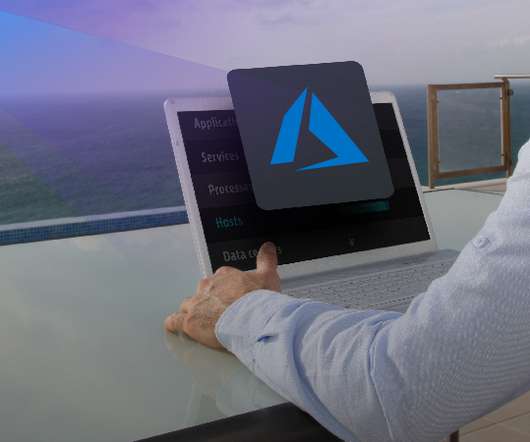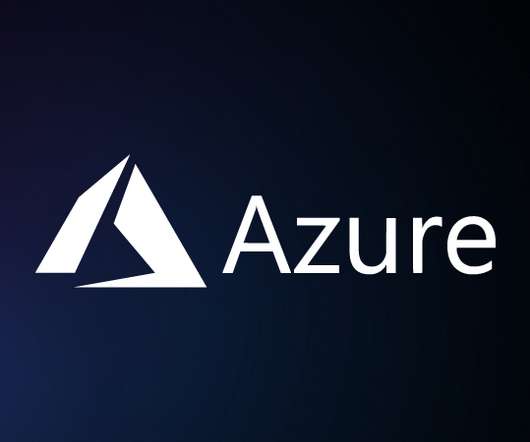Implementing AWS well-architected pillars with automated workflows
Dynatrace
SEPTEMBER 13, 2023
This is a set of best practices and guidelines that help you design and operate reliable, secure, efficient, cost-effective, and sustainable systems in the cloud. And how can you verify this performance consistently across a multicloud environment that also uses Microsoft Azure and Google Cloud Platform frameworks?














Let's personalize your content